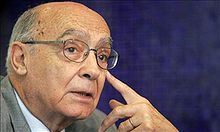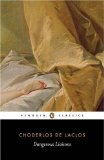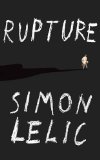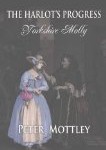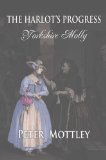It has been a long time since I last picked up The Tale of Genji, but I am not going to let it defeat me! Six months may have passed since I last made the effort to read it, but I have promised myself that I will finish it and so although my progress may be slow, I will get there in the end!
Chapter 18: Wind in the Pines
Genji has just finished building the east pavilion of his Nijo mansion and brought the lady Falling Flowers to live there. He has reserved the east wing for Lady Akashi, but she is reluctant to move in as she is worried about her low position within the aristocracy. Lady Akashi has decided to live in an old property in Oi, owned by her father. Eager to visit her, Genji decides to build a retreat on a plot of land that happens to be nearby.
There he sees his three-year-old daughter for the first time:
The girl was a little shy with him at first, being so small, but she soon came round, and the more she snuggled up to him, chattering and laughing, the more exquisitely lovely she became.
Genji is keen to bring his daughter back to Nijo and discusses the possibility with Murasaki. She is reluctant at first, but she loves children and agrees to look after her.
Chapter 19: Wisps of Cloud
Genji tells Lady Akashi of his plans to bring their daughter back to Nijo. Lady Akashi is distraught, but agrees that it is the best thing for their child.
Genji returns one snowy day and takes his daughter back to Nijo where she is well looked after, but homesick.
In the New Year His Excellency the Chancellor dies, as does the Imperial Lady Fujitsubo. Genji is stricken with grief and withdraws to the chapel in tears.
Chapter 20: The Bluebell
The Asagao princess resigns as Kamo priestess after the death of her father. Genji has been interested in her for a long time, so goes to pay a visit.
Murasaki hears of Genji’s interest in Princess Asagao and is worried about losing her position.
One snowy day Genji talks to Murasaki about the princess, but that night the Lady Fujitsubo appears to him in a dream, cross at him for his discussion.
Thoughts on reading Genji
It took me a long time to get used to reading Genji again. My progress was painfully slow at first, as I had forgotten much of what I’d already read. I had to spend a long time reacquainting myself with the plot, the characters and the writing style. Now that I’ve made the effort to read and understand these three chapters I am going to try to ensure that I keep on reading Genji. Hopefully I’ll make it to the end sometime soon!
I know that several of you were also reading The Tale of Genji. Have you given up?
Are you planning to read The Tale of Genji?

